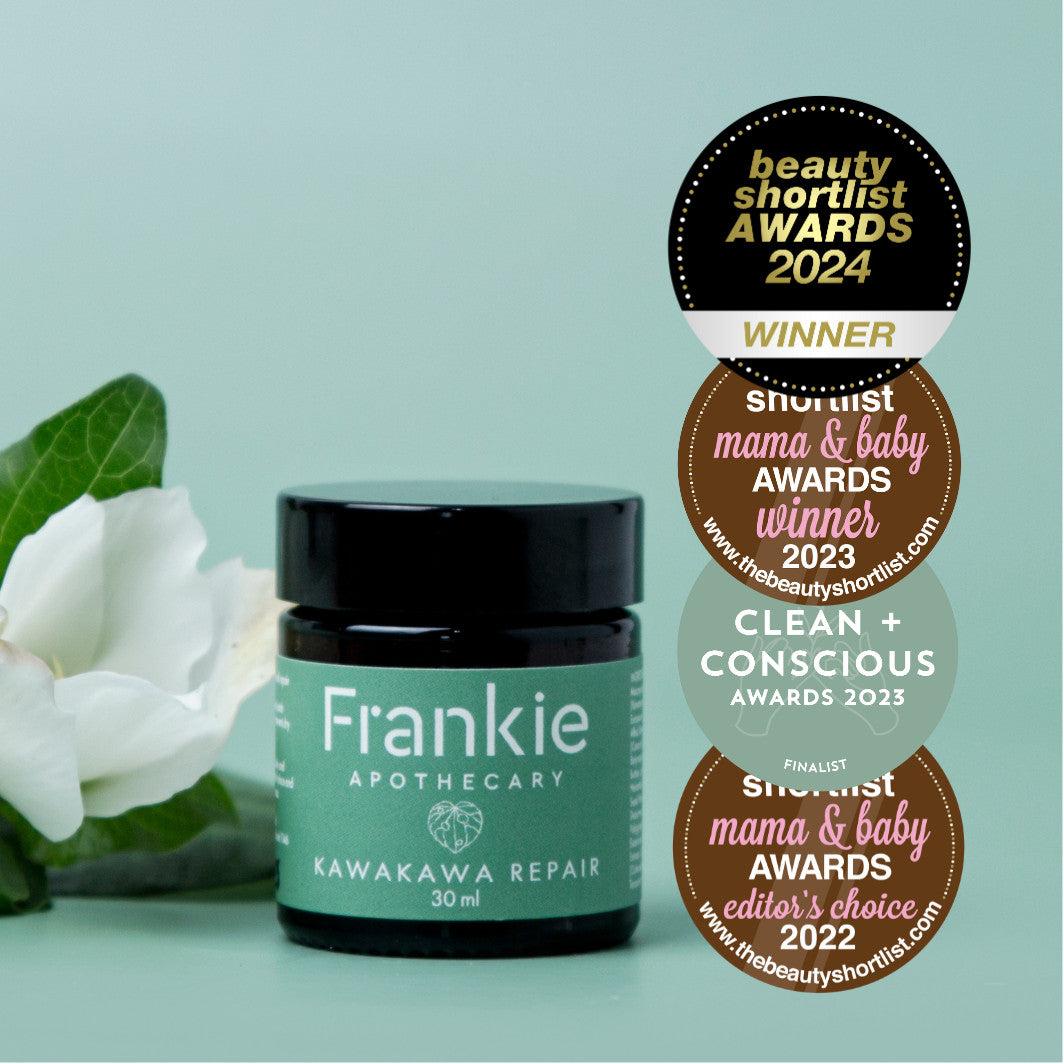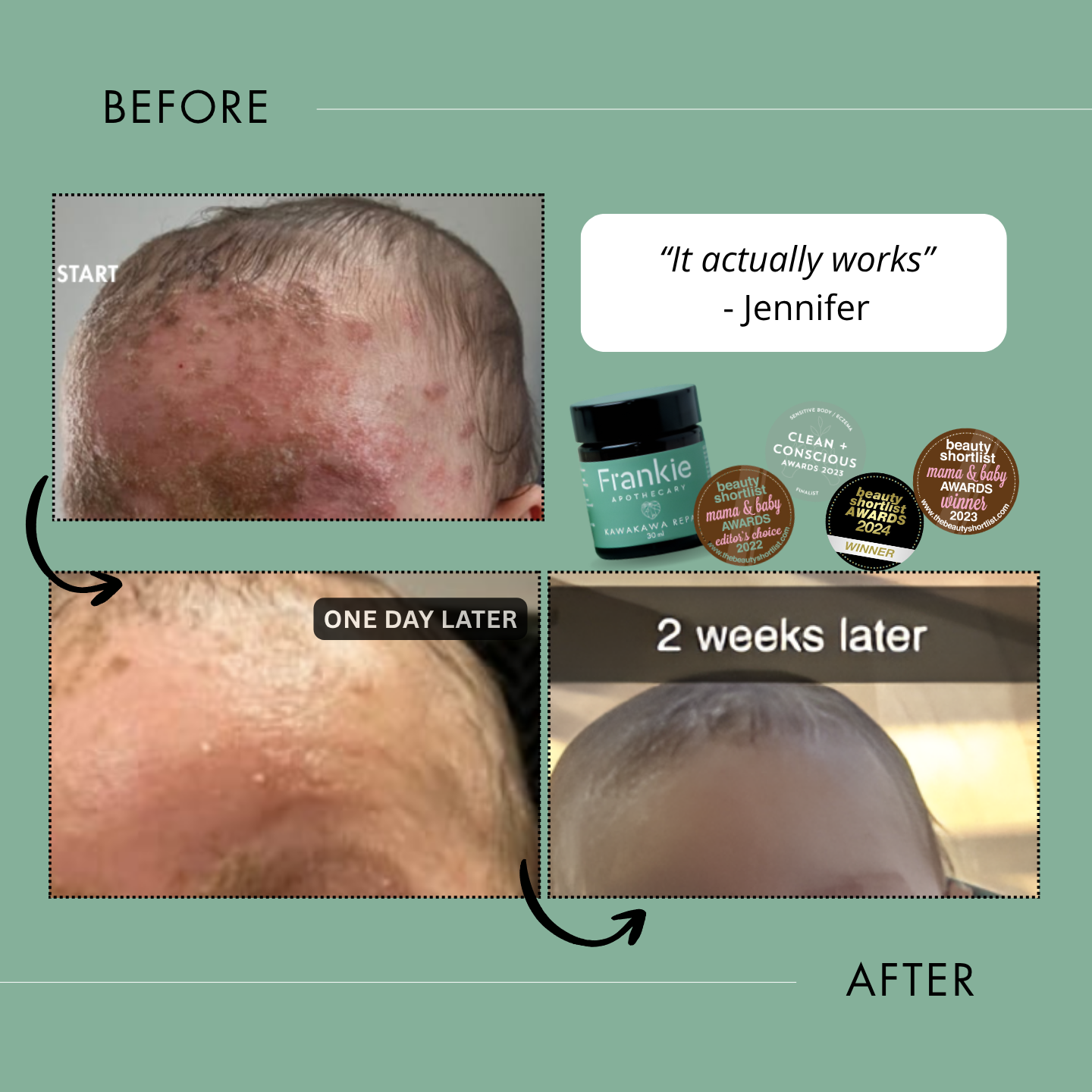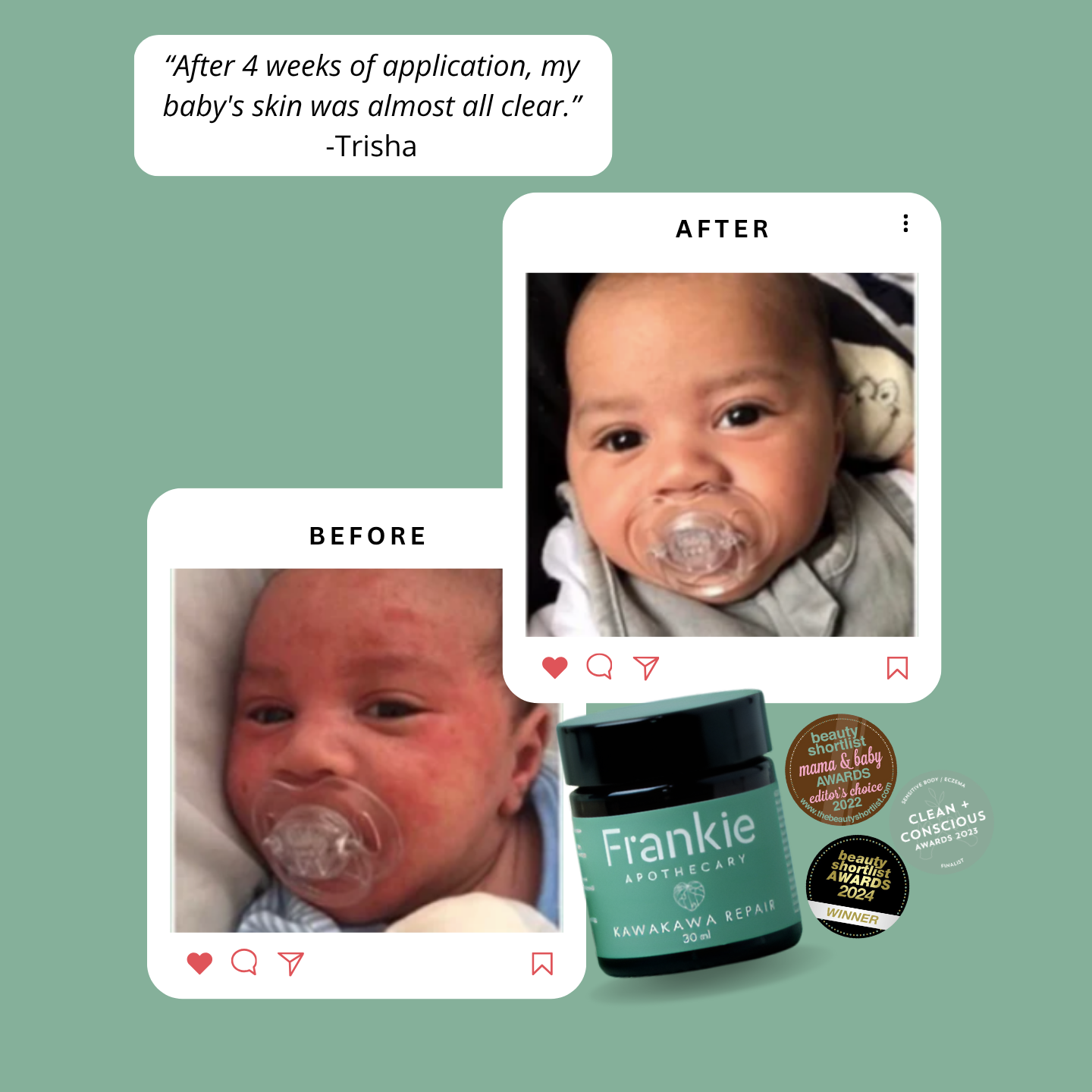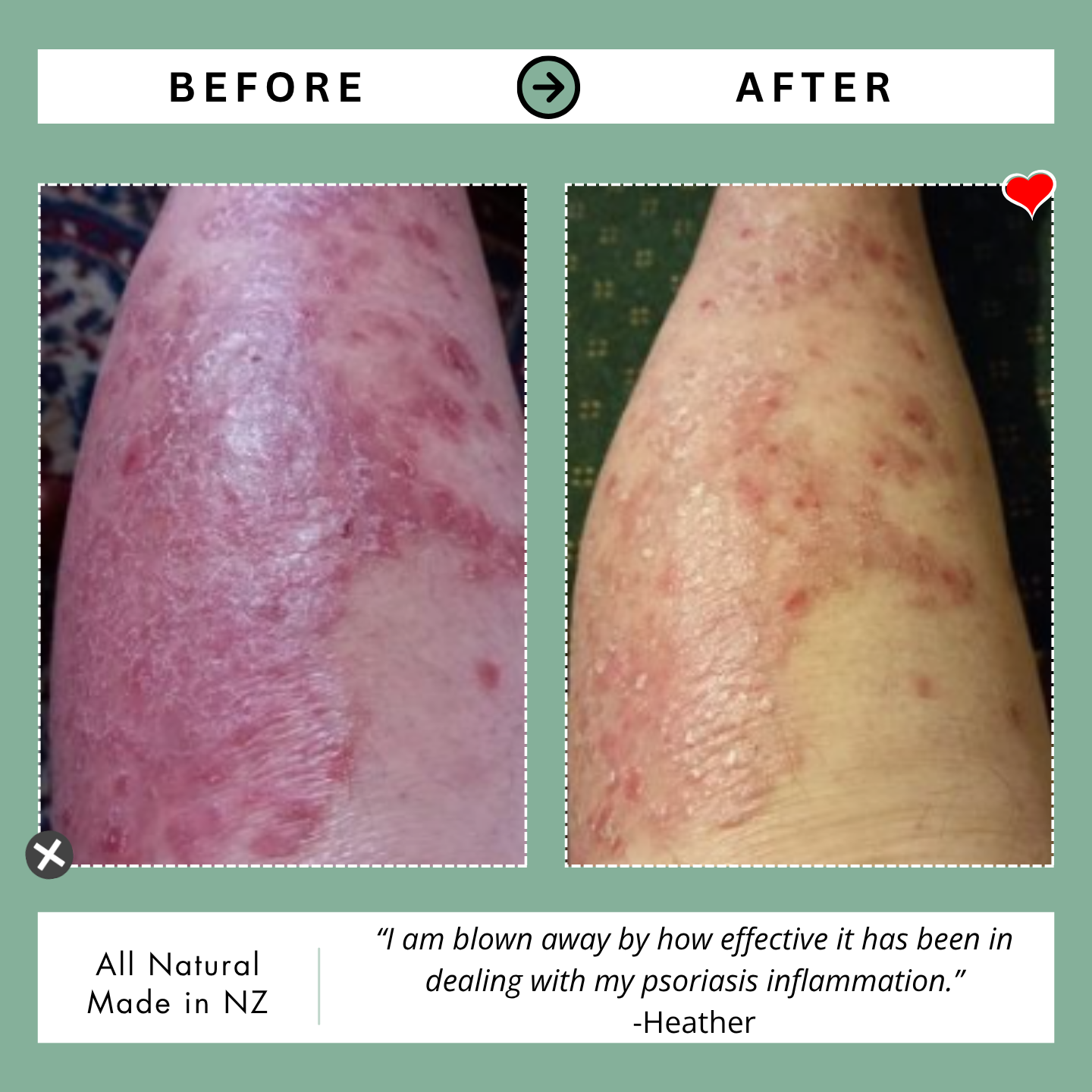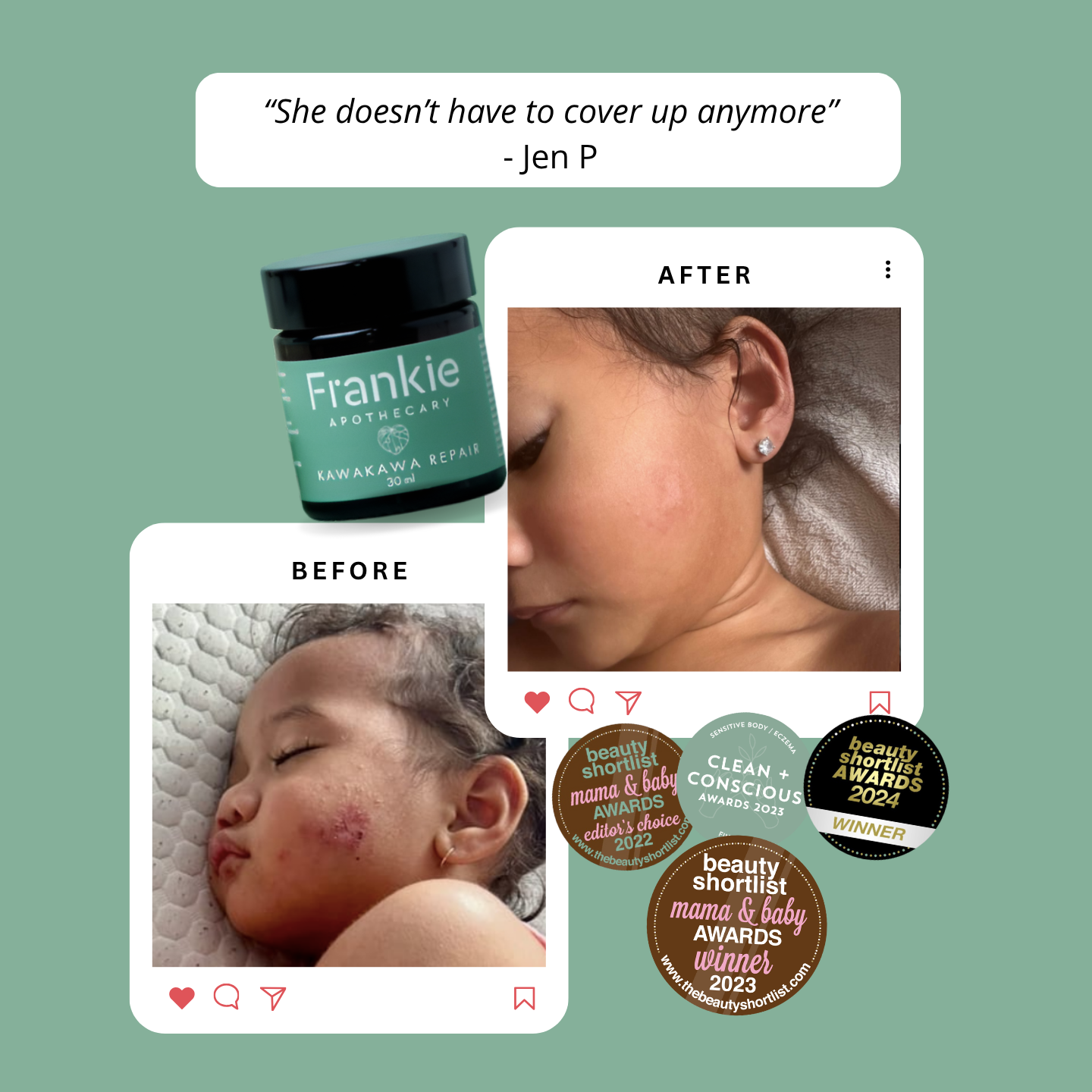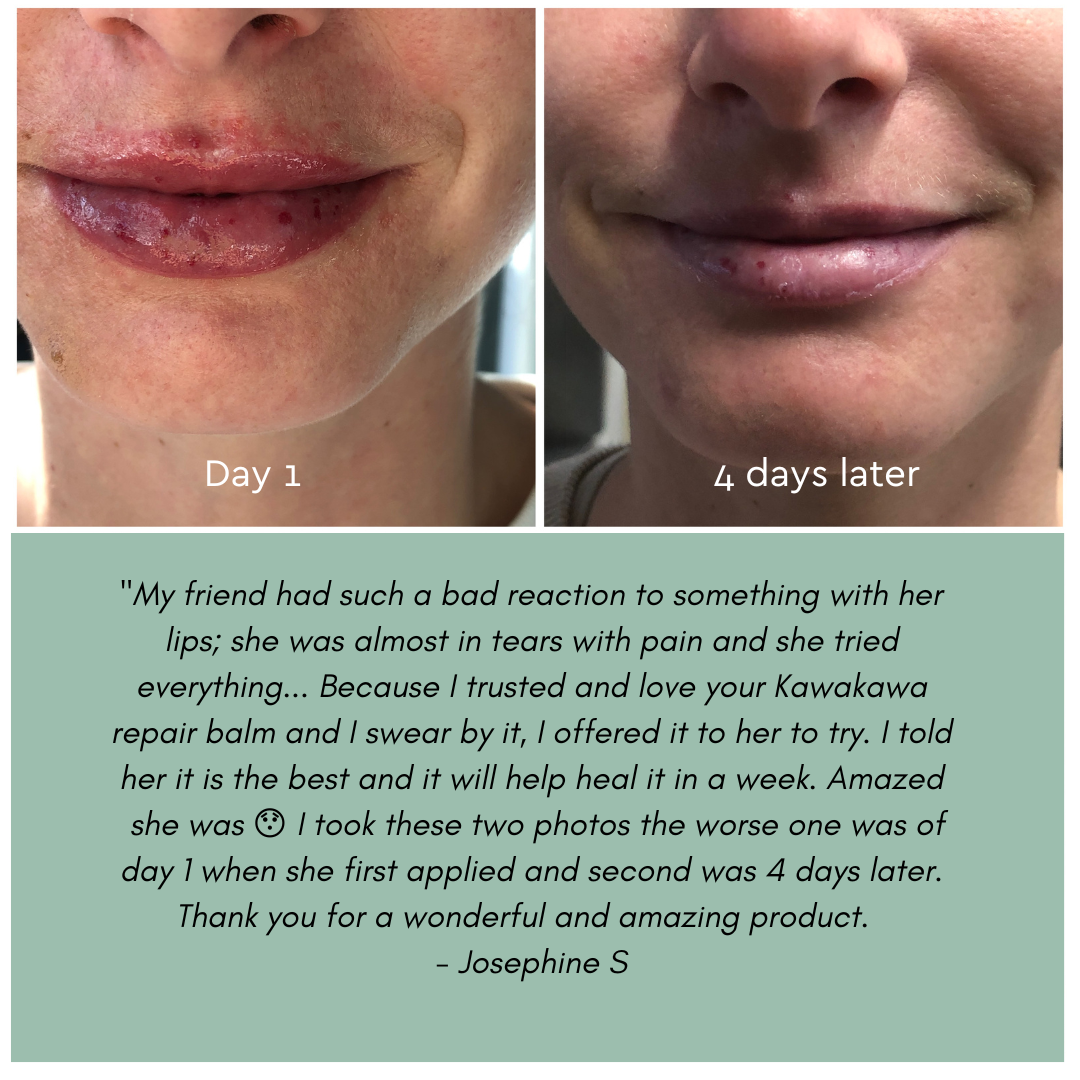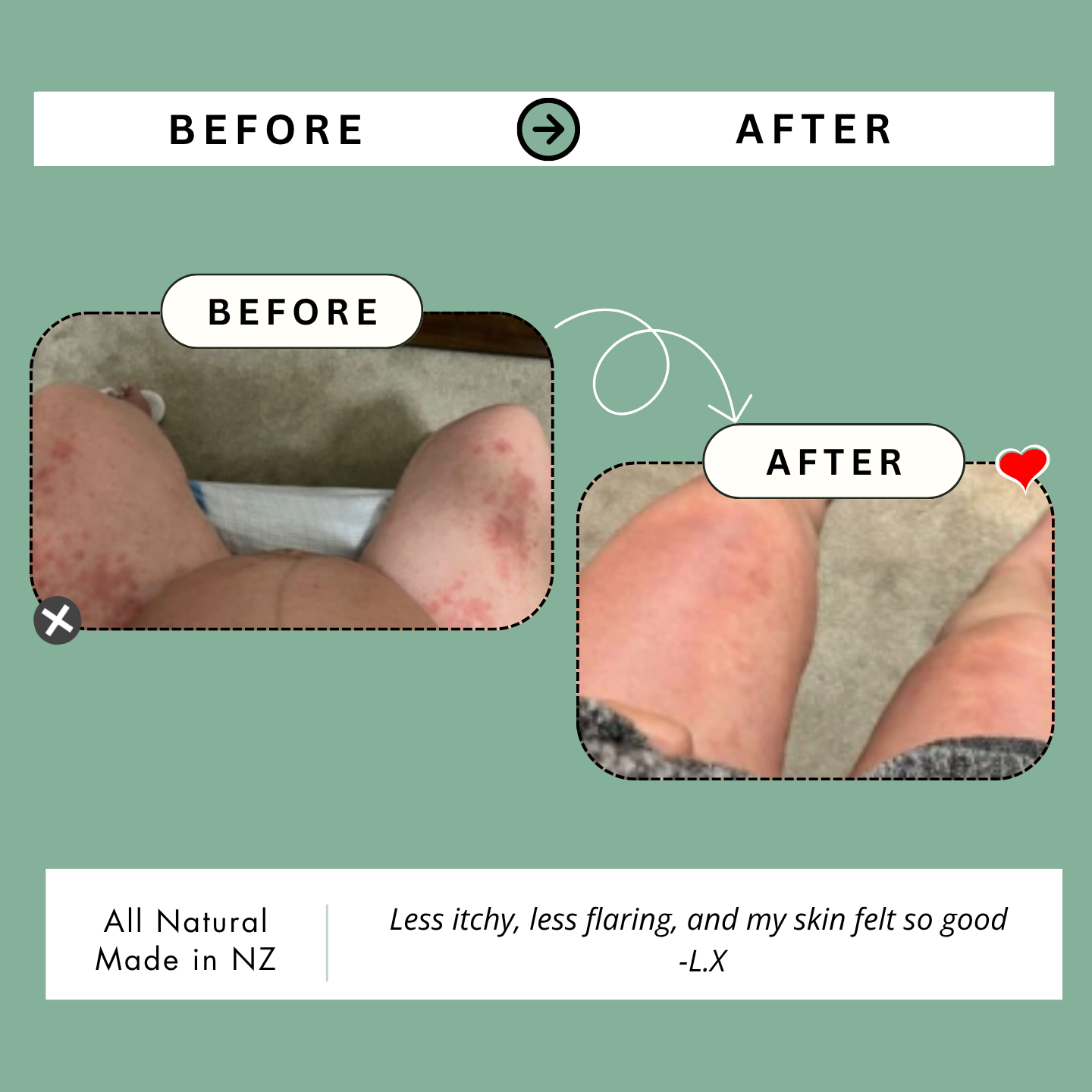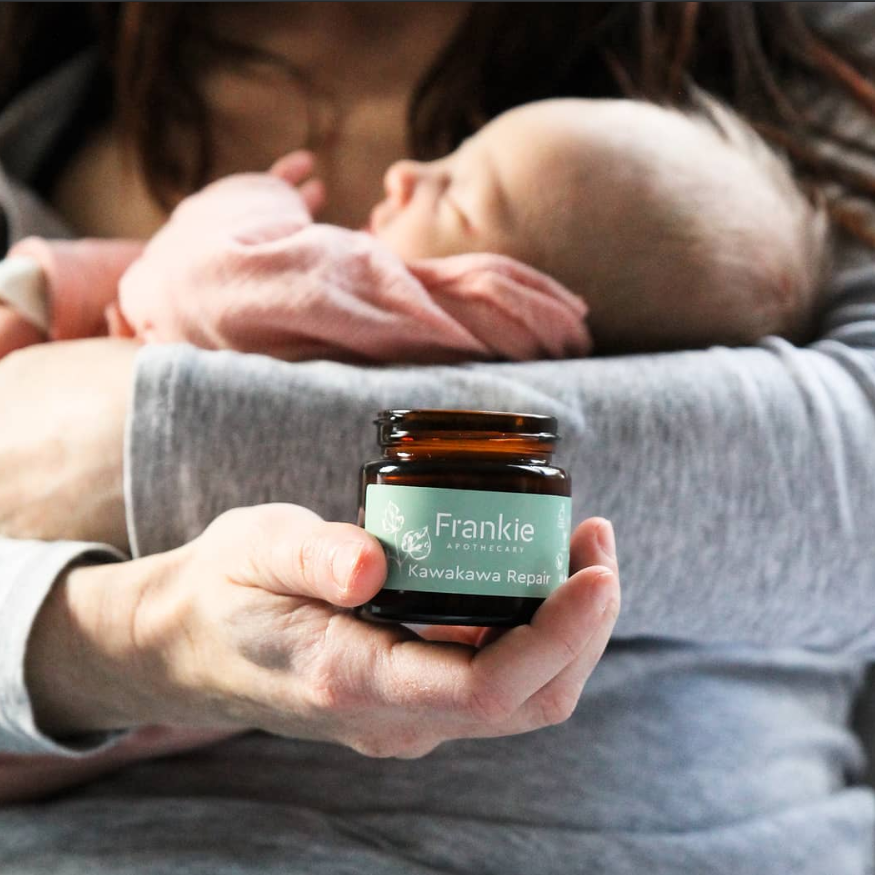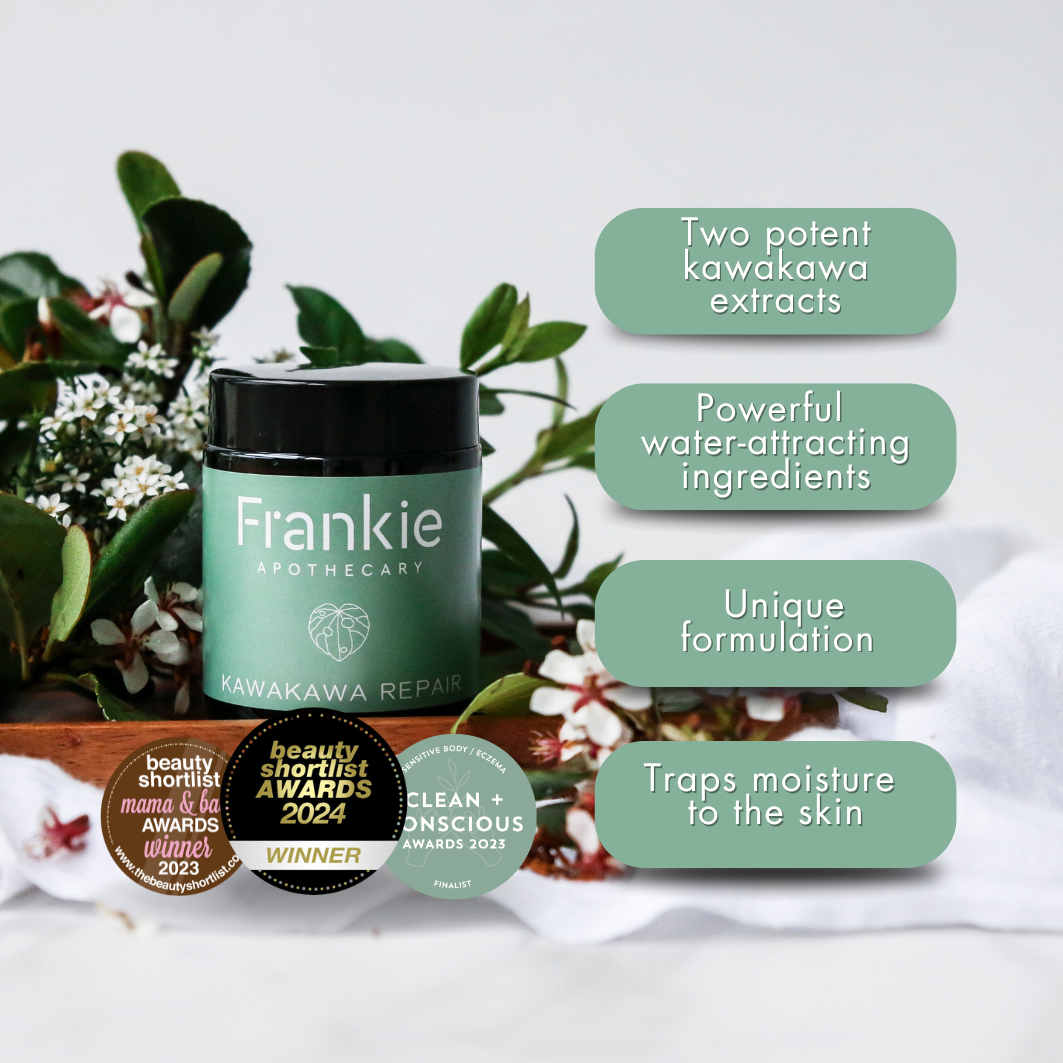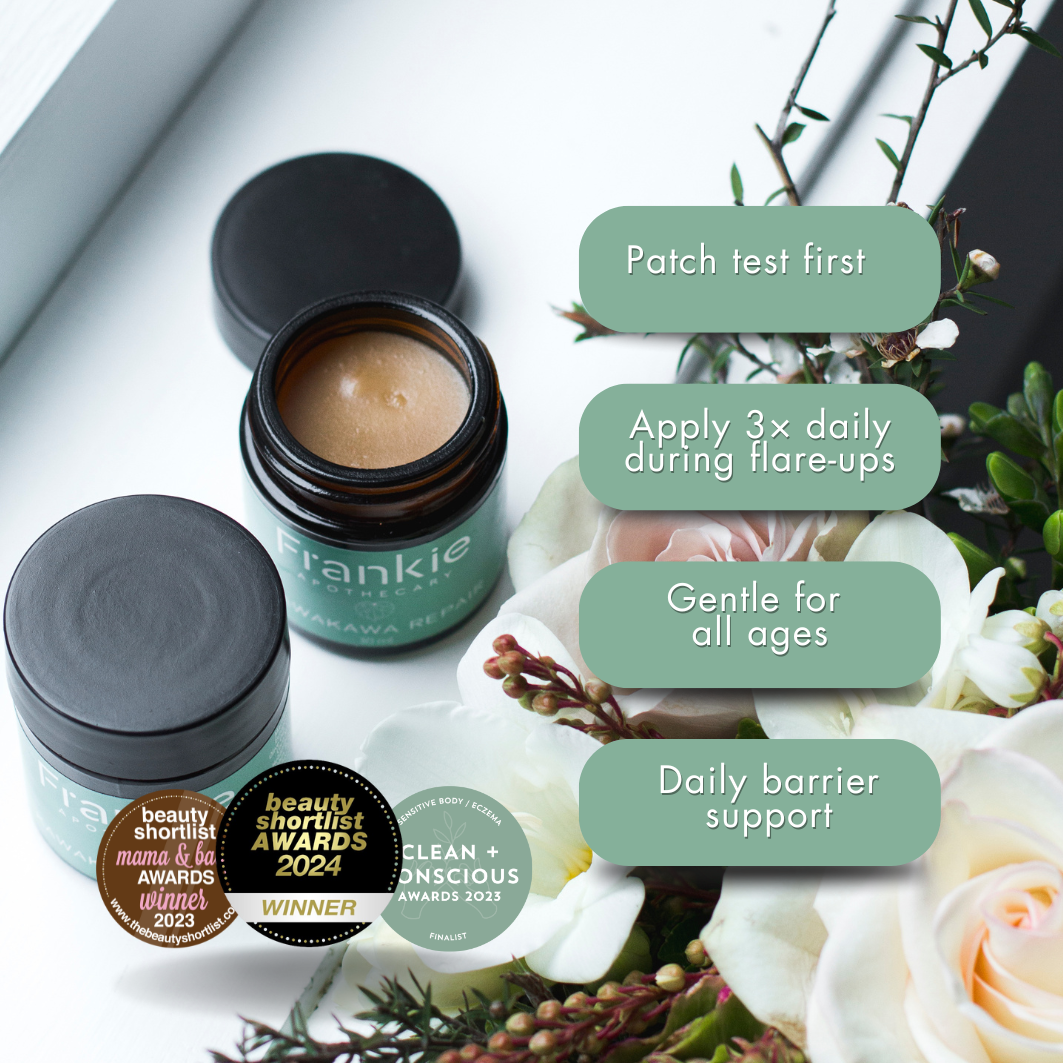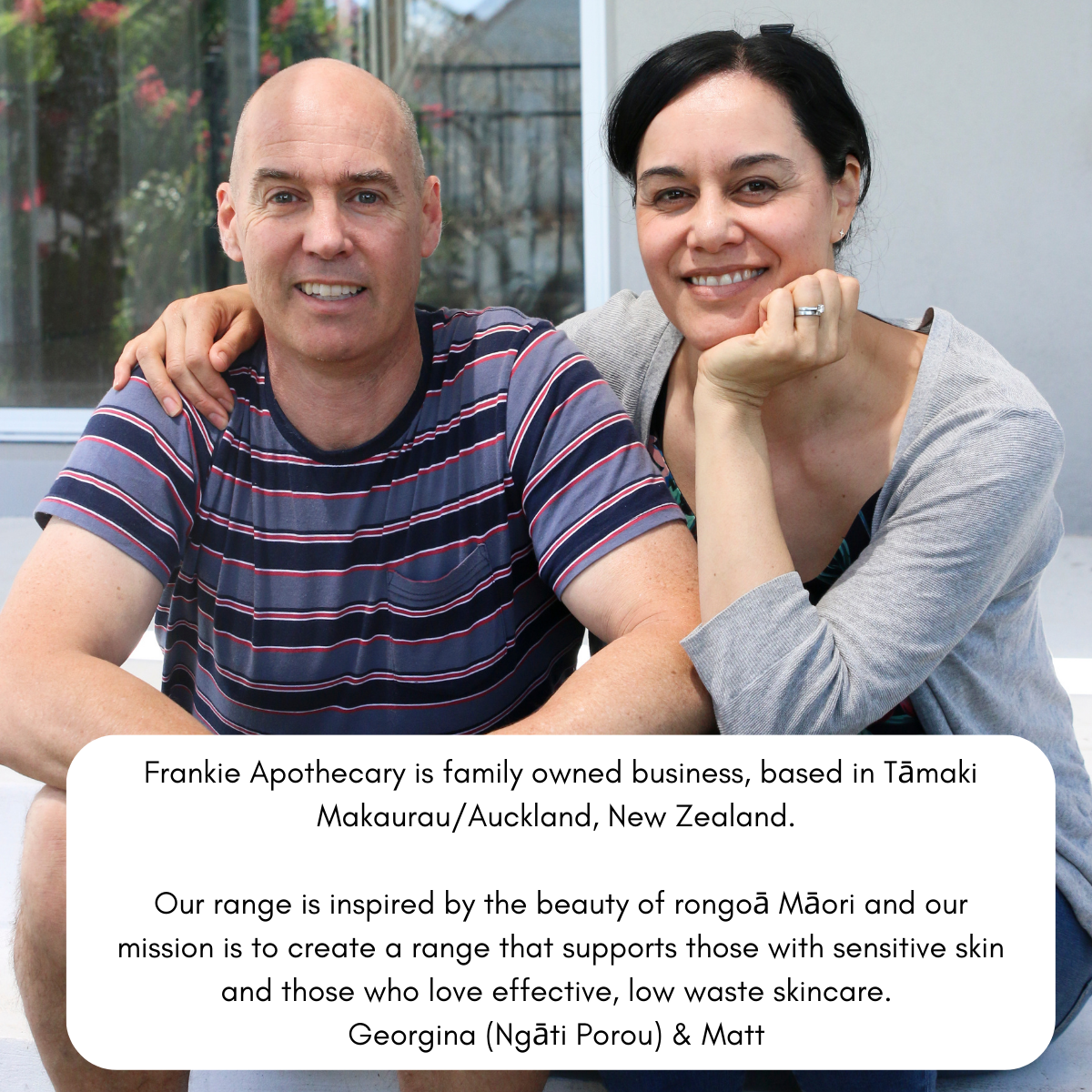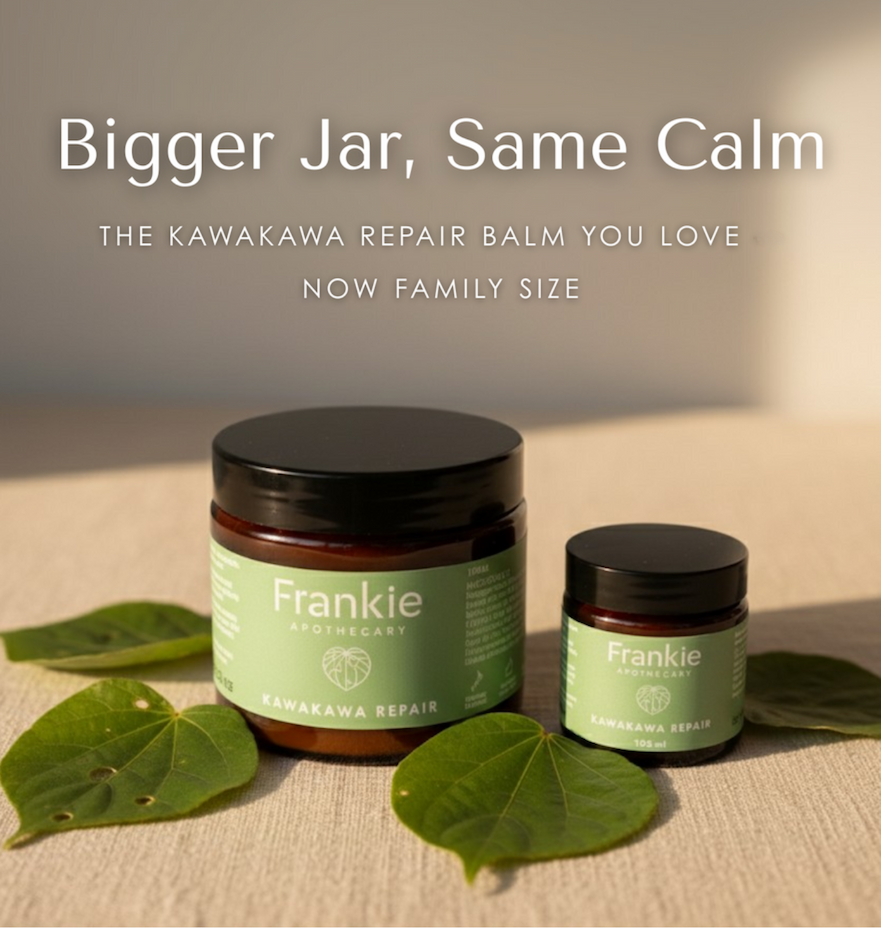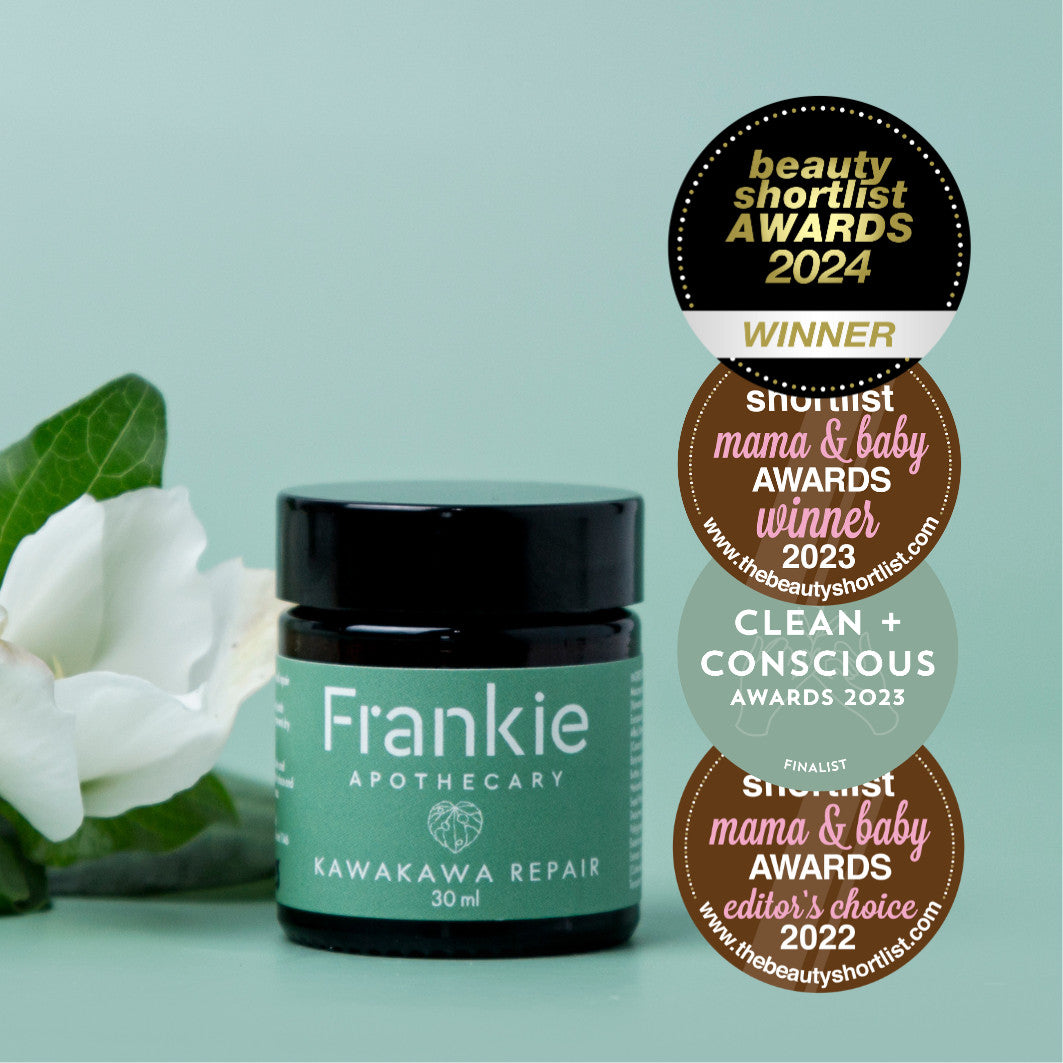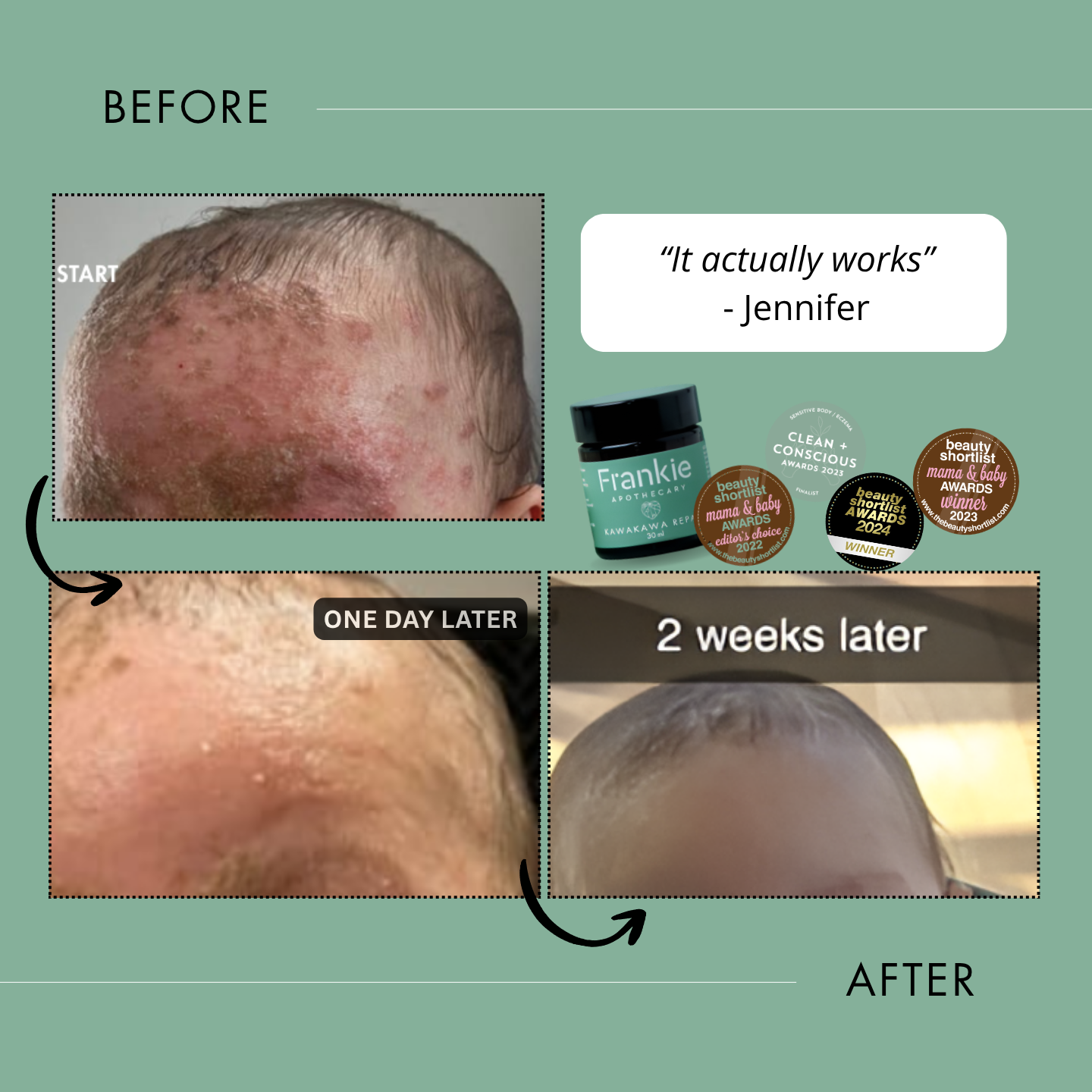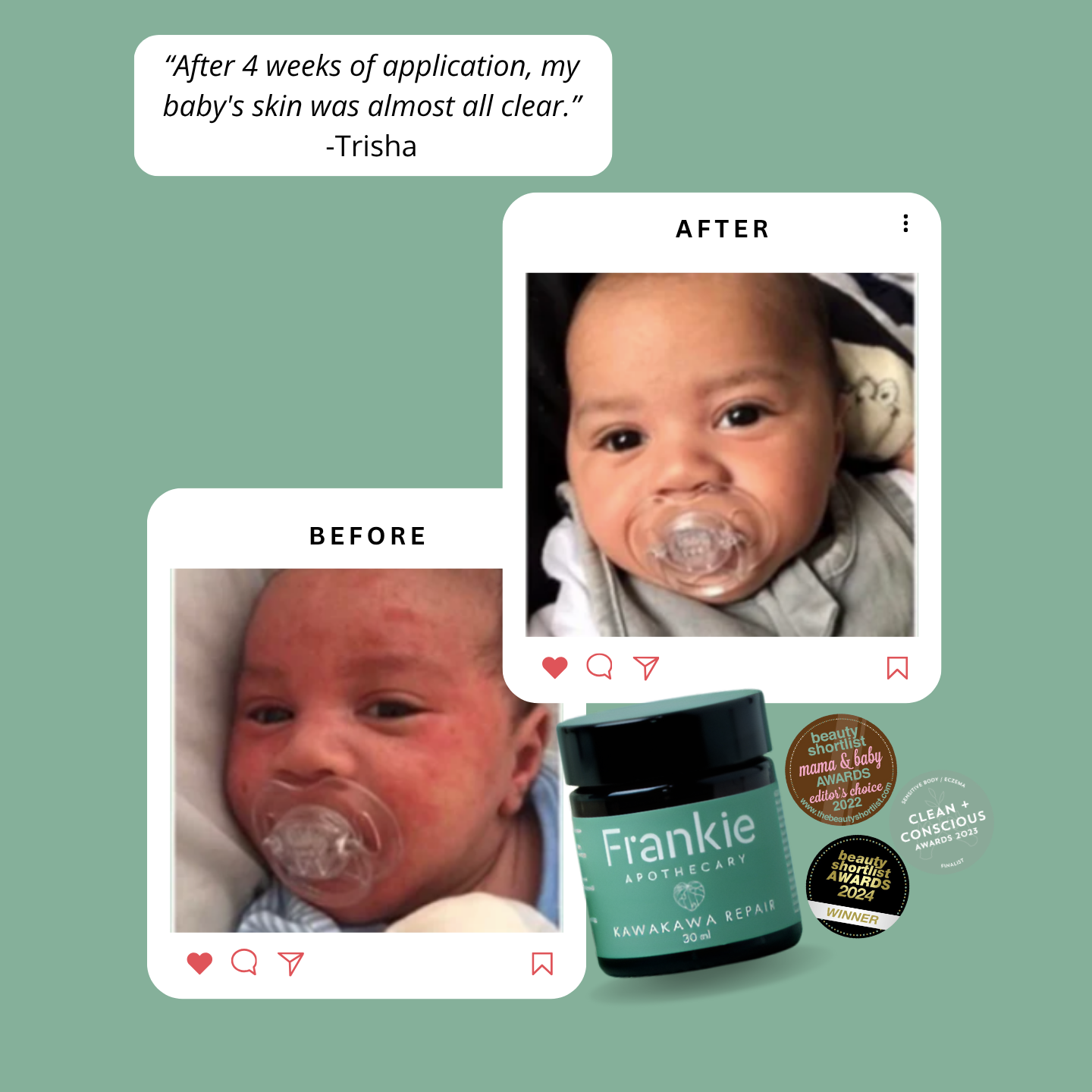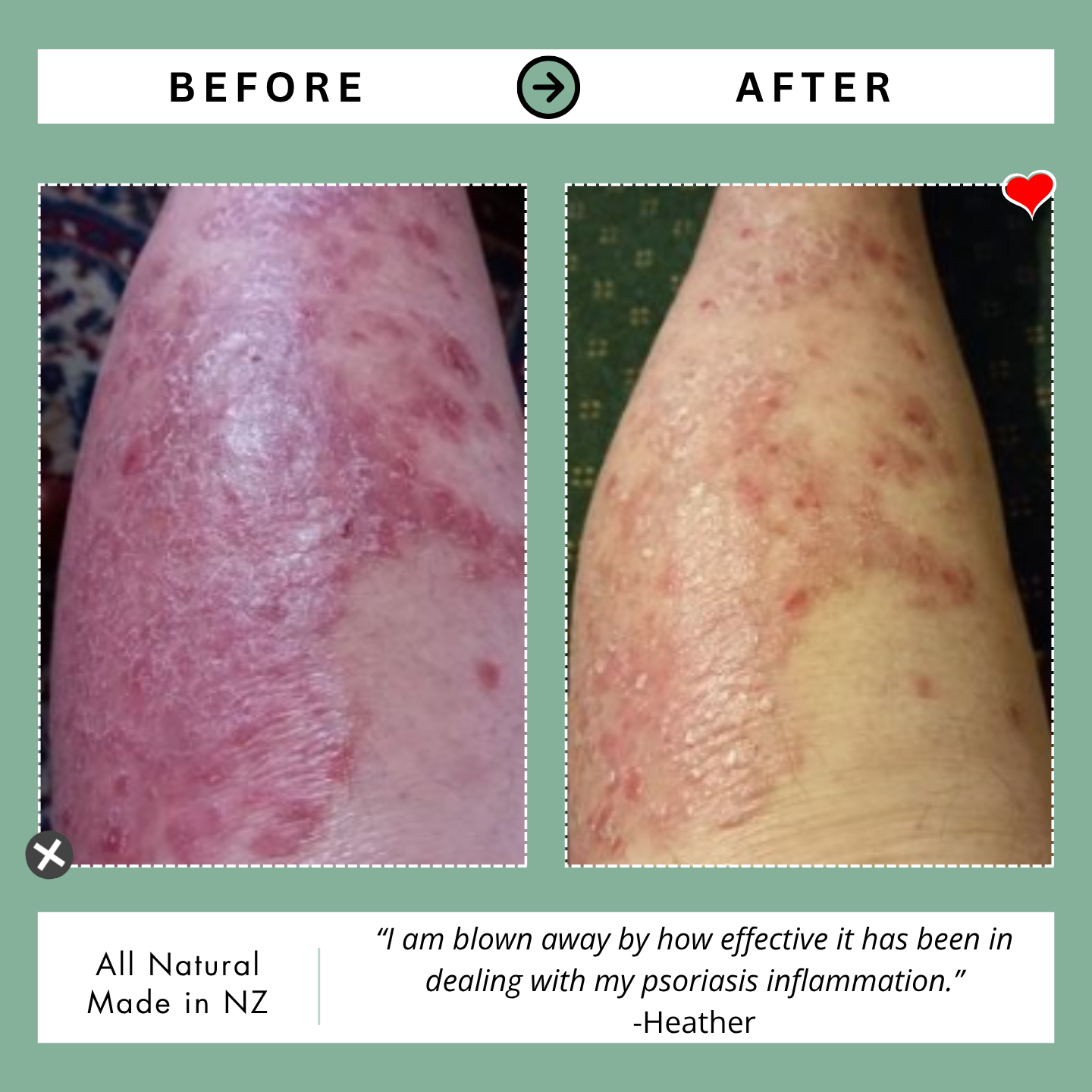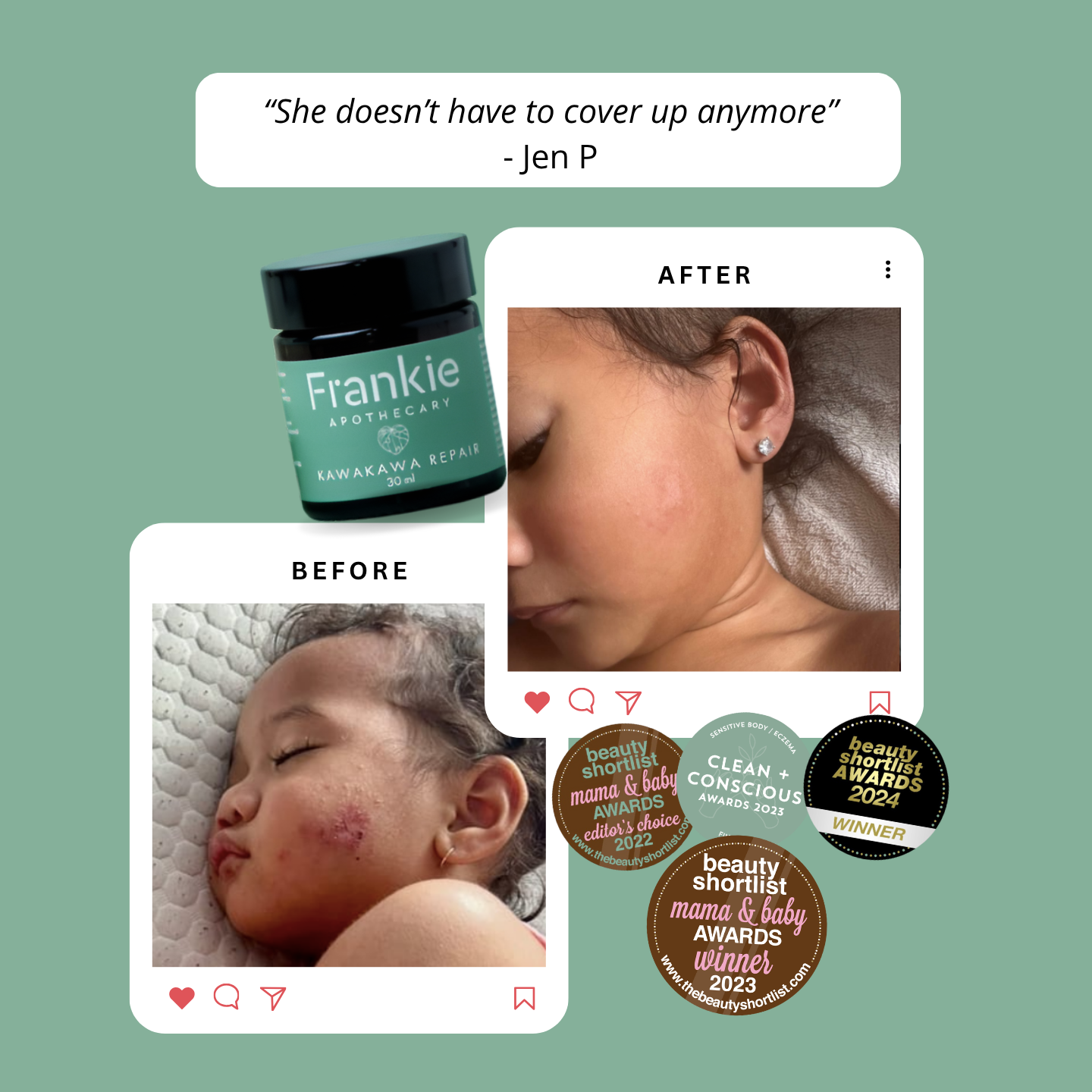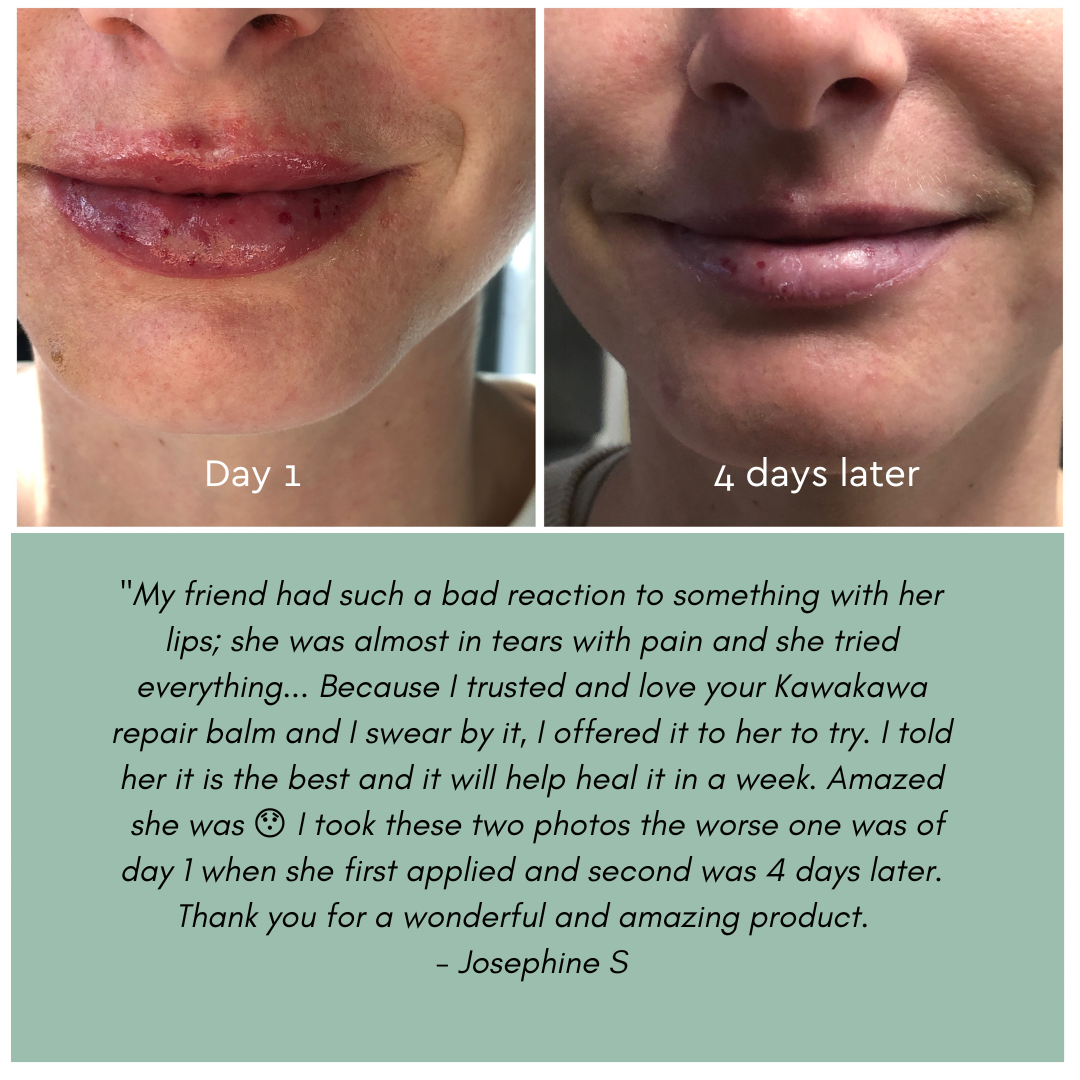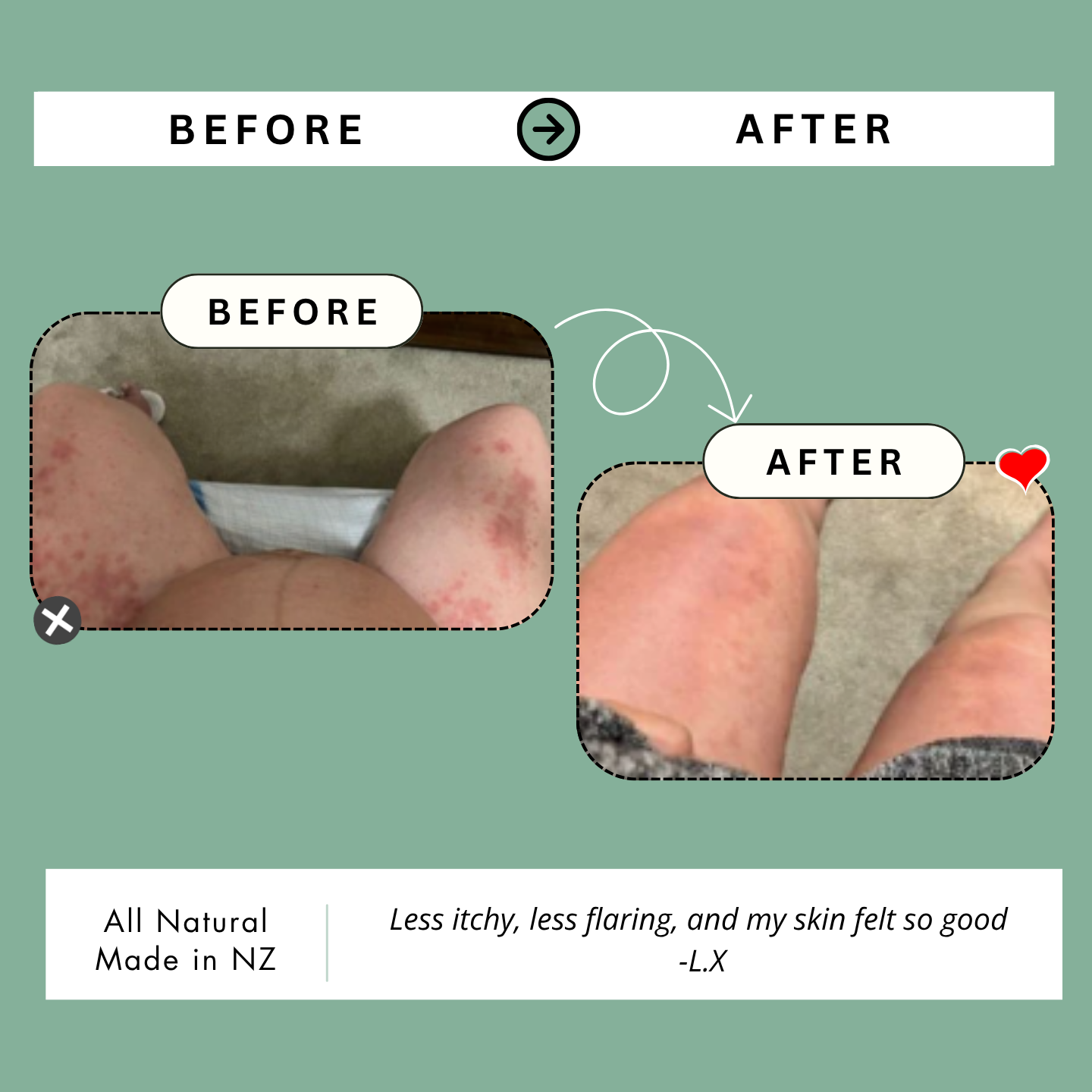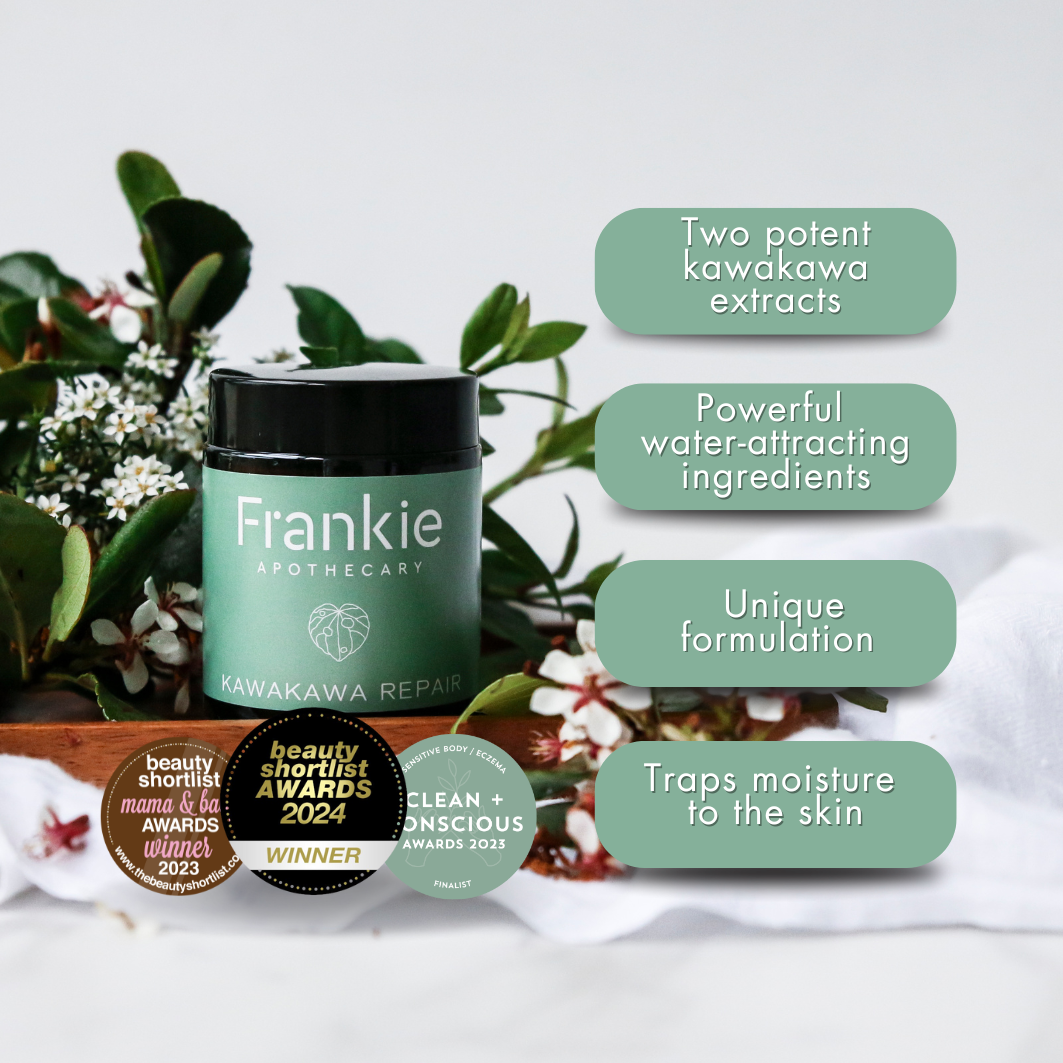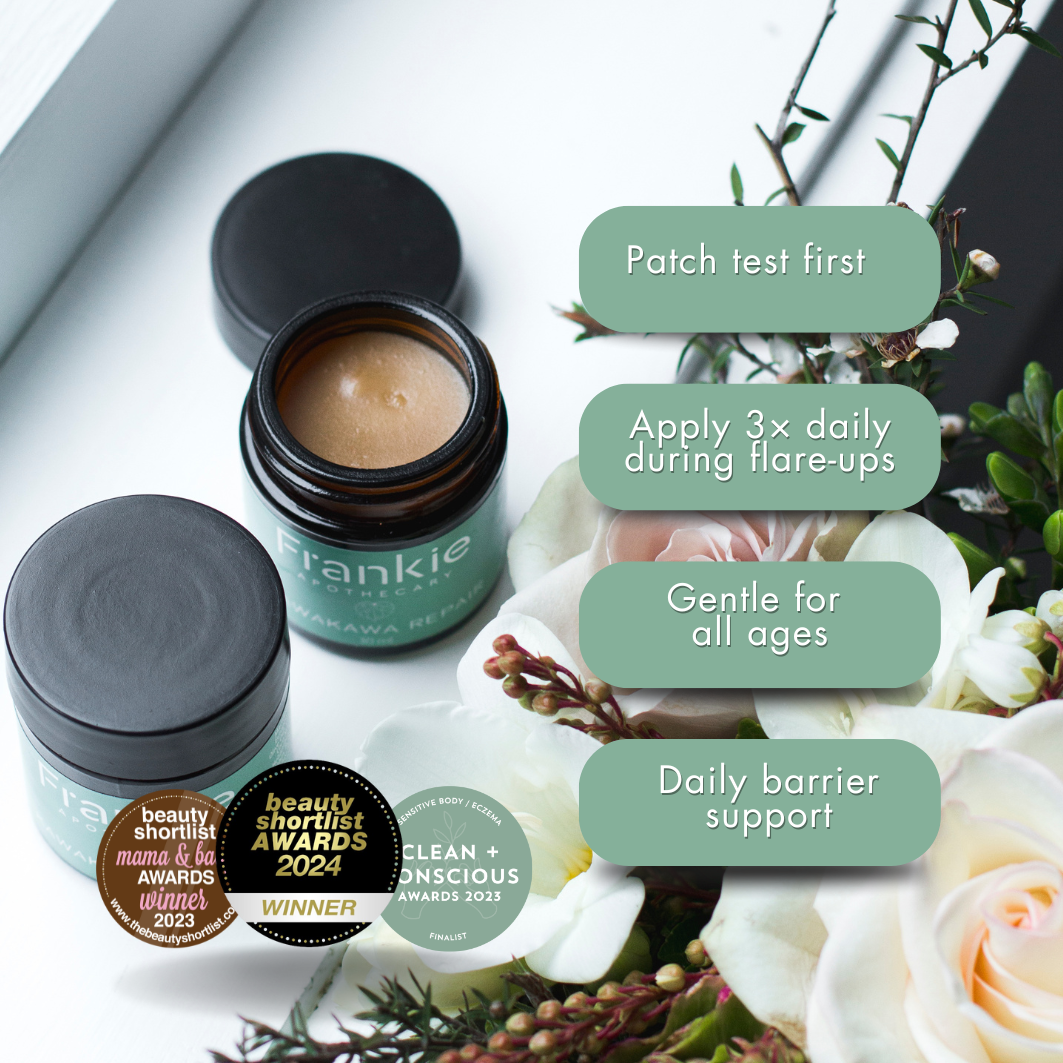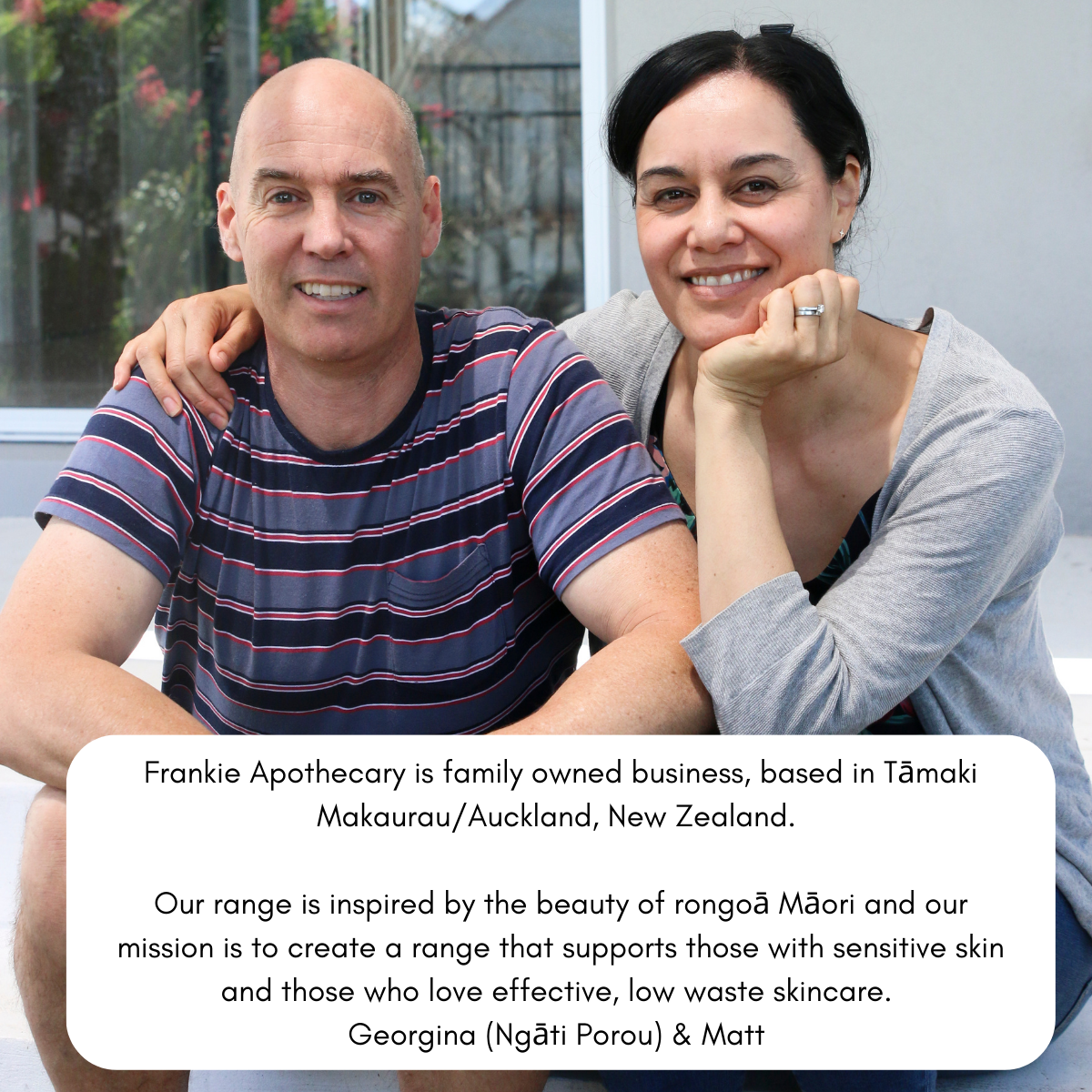Caring for your baby is time consuming and tiring (okay, exhausting!), but it's also some of the most meaningful work you will ever do. Take a moment to recognise what a privilege it is to care for this precious being, and acknowledge the critical importance of your hard, unpaid, unrecognised, work. We applaud you!
Caring for a baby is an act of love
We think love is the first essential ingredient in caring for baby.
Your baby is completely dependent on you, and this can be totally overwhelming, especially as a first-time parent. However, changing your mindset from 'grr another dirty nappy to get rid of' to 'I am providing nurturing care for this beloved person' can swap your mindset from feeling like an unappreciated labourer, to seeing yourself as someone able to perform acts of pure love, countless times a day, for someone completely innocent and helpless.
You're also literally shaping your child's future
With every clean nappy, every warm bath, every soothing cuddle you are hardwiring your child's heart and mind for a healthy, balanced life full of empathy and care. Children who experience nurture from a person who is a reliable and available caregiver in their first 3-4 years will grow and thrive to the point where they can regulate their own systems, experience full empathy, and create beautiful relationships throughout the length of their lives.
"The human brain and heart that are met primarily with empathy in the critical early years cannot and will not grow to choose a violent or selfish life.” - Robin Grille, Pyschologist & Parent Educator.
If you want to know more, we love Pennie Brownlee's Dance with me in the Heart.
For daily baby care, we love Kawakawa Repair Balm
Eczema in babies
We love love love the stories we get of happy babies who have benefitted from the use of Kawakawa Repair Balm on their eczema. Honestly, it is probably our favourite thing about running this business - seeing these little people feeling happy and cheerful again with the relief from their eczema!
It's so important to us that we wrote an article specifically about how to care for a baby with eczema. You can also see the reviews at the base of this page.
"My 3 month old son has severe eczema and asked our GP for help. They prescribed him with steroidal creams which worked then it would come back again when stopped, he was mostly fussy. I started weaning off these steroidal creams as I was afraid that it was too strong for him. I slowly tried Frankie balm on my baby and it worked wonders on his skin! Now he's a happy and bubbly!" - Romana
"Highly recommend this pack, it's a life saver to my bubba! We have been battling with her eczema for months. All GP prescribed was antibiotics and stronger steroid which is not helping. The first day we tried it out, immediately we saw the results. Her skin is less itchy and cracked. Now she is so much happier!! Thank you ❤" - Colleen
Dribble rash & teething rash
Dribble rash is often a painful side effect for babies who are prone to colic and prolongs the discomfort and tearfulness past the tummy pain. And some babies are just 'dribblier' than others! Regardless of the cause, a rash under the mouth area (and often in the creases of their cute chubby neck) feels a lot like very bad sunburn - the ever-present moisture means bubba feels a constant stingy pain, and if they move their mouth, it hurts a lot!
We recommend that you dab the area dry and apply the balm throughout the day. Instead of our standard advice to apply the Kawakawa Balm three times a day, go ahead and double this, to six applications daily. You're likely to be dealing with a steady supply of new moisture, so use a very clean muslin cloth to gently dab-dry and reapply to keep that barrier on baby's skin as much of the time as possible.
"I buy the kawakawa balm for my mokos. Our newest pēpi loves it for both her teething and nappy rashes. I think her māmā also sneaks it for her little grazes and dry skin patches too." - Shirley

Cradle cap
Cradle cap is very common, and it's nothing to worry about as long as it is kept under control. Babies with cradle cap will have a waxy layer on the top of their scalp which is harmless unless it begins to become thick and crack, or becomes dirty and contaminated with bacteria. There is no need to try and get rid of it completely, but it is well worth keeping it to a minimum and cleaning it regularly.
It's a great idea to apply Kawakawa Balm to your baby’s scalp and allow it to sit on the cradle cap and soften it up. Some parents put it on baby's head before bed so it can soak in and soften the layer overnight. Just place a few layers of soft muslin cloth over the pillow to avoid the oils touching the pillow case. Otherwise, you can just apply several times a day to let the layer soften and detach.
You can then very, very gently massage baby’s scalp with a soft muslin cloth or towel which will help to loosen the waxy layer, then gently comb the scalp (make sure the comb has rounded ends on the tines) to remove the waxy patches that have come loose. It’s very important not to try to use the comb to loosen the layers; just slide it over the scalp to gently remove anything that has already softened and is ready to flake off.
You can repeat this treatment over several nights as long as it is comfortable for bub. You can wash the remainder of the balm out with warm water and a soft clean cloth, or leave it on the scalp.
For those who prefer to use oil which is lighter than the balm, our Kawakawa Body Oil is an excellent option for cradle cap. Apply as above to the scalp, leave overnight for for a few hours and repeat the process above - place a muslin cloth over baby's head and gentely massage the scalp through the cloth. Then comb the hair to remove any skin that is already loose. Do not use the comb to try to lift skin as that can remove skin that isn't ready leaving an open area or wound where infection can be introduced. Gentle is best.

Nappy rash
The main reason babies experience nappy rash is that wet nappies are left on too long, allowing the damp to sit against the skin and the fibres of the synthetic or cloth nappy to abrade the skin. So changing baby as soon as they have done a poo is a great idea, and changing regularly to get wet materials away from their skin is a great idea.
A child prone to atopic dermatitis is much more likely to have a big reaction, and there are various ingredients in synthetic nappies that could possibly contribute to this. It's hard to get to 'the bottom' of this though and if you google you're likely to end up on research fully funded by Proctor and Gamble. We do know that synthetic nappies are made with polyethylenes and polypropylenes, often contain petroleum based lotions, and a French study in 2018 found these compounds - among many others - present in synthetic nappies:
- ovolatile organic compounds (naphthalene, styrene, toluene, dichlorobenzenes, pisopropyltoluene, xylenes, chlorobenzene),
- pesticides (hexachlorobenzene, quintozene and its metabolite pentachloroaniline, glyphosate and its metabolite AMPA),
- formaldehyde, o dioxins, furans and DL-PCBs
The total number of throw-away diapers used by a baby before toilet training is estimated at 3800 to 4800, so that's a lot of times to be exposed to chemicals which the same study showed migrated into a urine-like substance.
If you have a child who is very susceptible to nappy rash, you may like to keep a stash of cloth nappies to use when their skin flares up, or go cloth all the way. Although cloth nappies can also cause nappy rash, you'll know it is through abrasion and if you keep them very clean and change them regularly you may see great changes.
Regardless, Kawakawa Balm can help your baby's nappy rash!
With each nappy change, apply a light layer of Kawakawa Repair Balm around the area where wetness sits and up the crease of baby's bottom. It is safe for sensitive skin, but of course you can patch test to be extra sure. If a rash appears, apply to any red areas in a slightly thicker layer.
Cracked nipples
This one is for you, mumma! It's very normal for nipples to crack slightly at first when you begin breastfeeding, but they should heal in a few days to a week. They should not become excruciatingly sore, bleed, or seep fluids. If they do, get professional medical help right away. Poor you!
To care for sore nipples, pat your nipples dry with a very clean soft cloth after feeding, then smooth some Kawakawa Repair Balm on. If you can, leave them in the fresh air or even light sunshine for a little while (free the nipple!).
Avoid those 'disposable' nipple pads! Made from petrochemical derived products their synthetic material holds damp against your skin and this will not help your nipples heal. Choose natural wool or wool/silk blend pads (try Nature Baby, Breastmates or the Sleep Store) as they are breathable, and will allow your nipples to 'breathe' inside your bra.
Very dry hands, hormonal rashes, and the family first aid kit
Kawakawa Repair Balm is a lovely 'soothe all' balm perfect for sunburn after care, scrapes, grazes, itchy bites (and may even help repel mozzies and sandflies).
Perfect for creating a skin barrier on hands dried and chapped by frequent washing, Kawakawa Balm can also soothe and reduce hormonal rashes that you may experience during pregnancy or breastfeeding.
Keep it on hand for all the family (including fur friends - but no double dipping!)
Sun defence for sensitive skin
Babies skin is so delicate and precious that we do recommend using hats and shade to protect them from the harsh Kiwi sun, but when they go out in the sun to swim or play, it's important to use a beautiful, natural, gentle but high sun protection factor sunblock.
Natural Sun Defence SPF40 is such a good choice for babies, as it is nature-derived, free from chemical sun filters, and soft enough to easily smooth on young skin. It has been dermatologically tested as safe for sensitive skin, and has a proven SPF40 rating which means it stops 97.5% of UVB rays.
We are here to help you take great care of your beautiful bundle, so you can make the most of your time as the parent of a tiny person, and enjoy the convenience of one product that offers so many baby-care solutions. If you have any questions about using Kawakawa Balm for your baby, reach out via the chat button lower right - we are always happy to help!
Grab your Kawakawa Repair Balm here.



